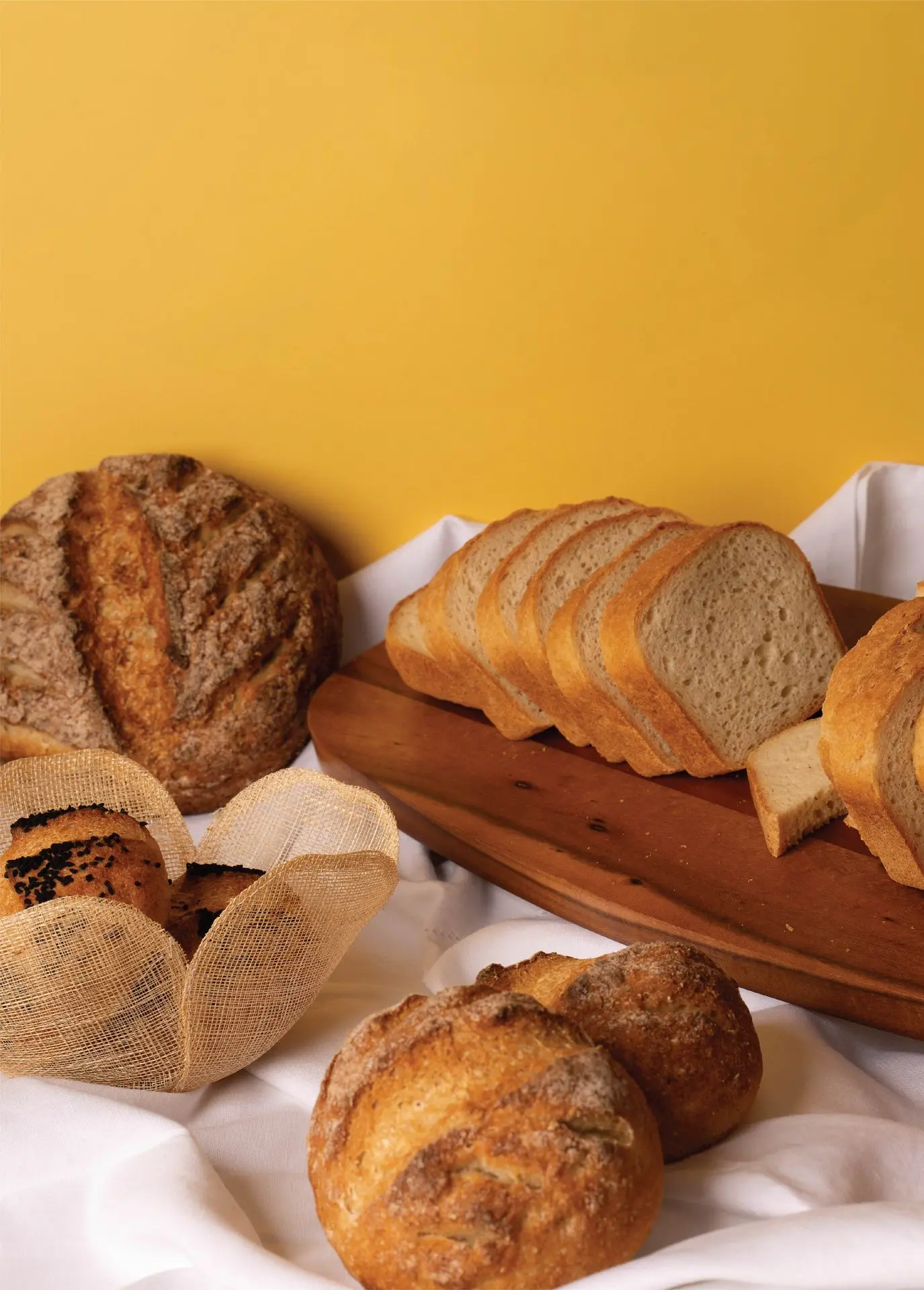
WHY IS GLUTEN-FREE FOOD SO EXPENSIVE? THE REAL REASONS BEHIND THE PRICE TAG.

Many consumers wonder why gluten-free products
often come with a higher price tag. The reality is
that several factors contribute to the increased cost.
Here’s a breakdown of why gluten-free food tends
to be more expensive.
1. Costly Ingredients
Gluten-free flours are made from speciality grains and starches, which are more expensive than wheat. Almond flour, coconut flour, and other alternatives have higher production costs.
2. Specialized Manufacturing
To prevent cross-contamination, gluten-free foods require dedicated facilities, specialized equipment, and rigorous testing, all of which increase expenses.
3. Lower Demand, Higher Production Costs
Unlike wheat-based products, gluten-free items have a smaller consumer base, meaning manufacturers cannot rely on mass production to lower costs.
4. Certification & Compliance
Certified gluten-free products must undergo extensive lab testing, which adds to overall costs.
5. Shorter Shelf Life
Many gluten-free products lack preservatives, leading to shorter shelf lives and increased spoilage, which adds to costs for producers and retailers.
While gluten-free food is pricier, its benefits for those with gluten intolerance make it a necessity rather than a luxury.